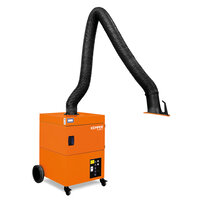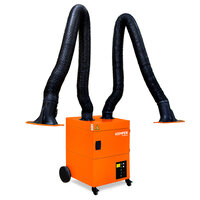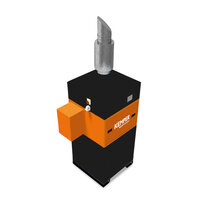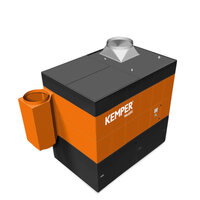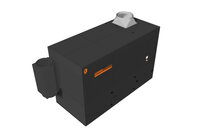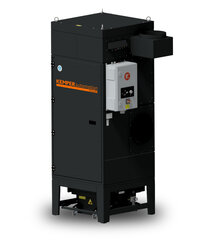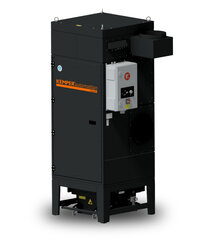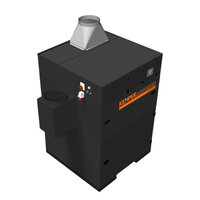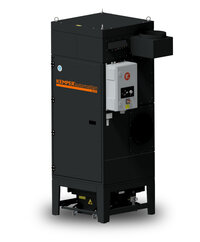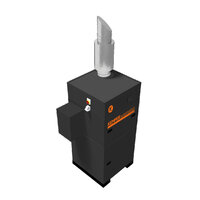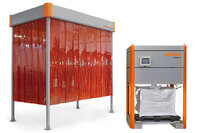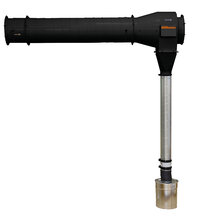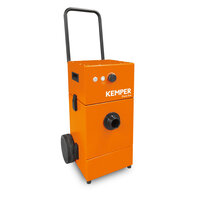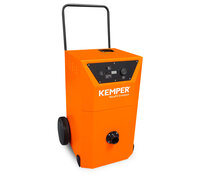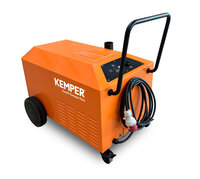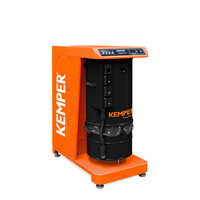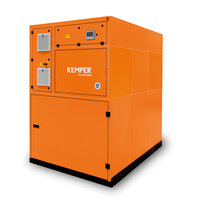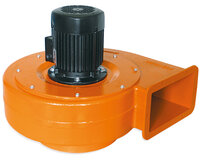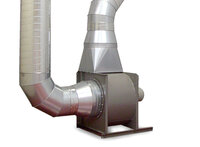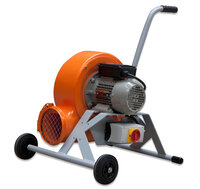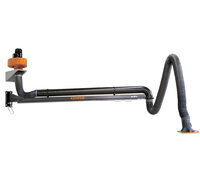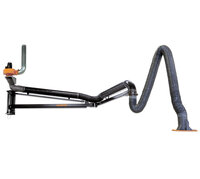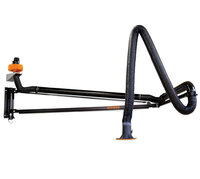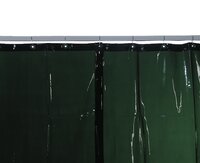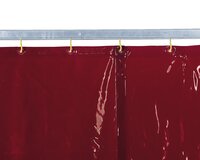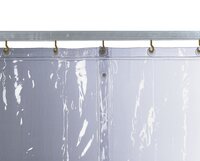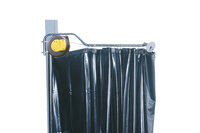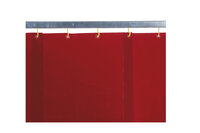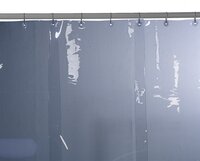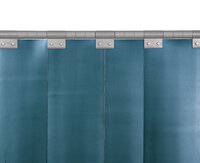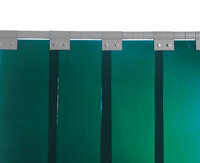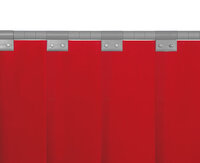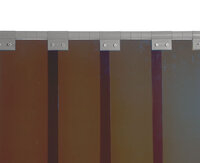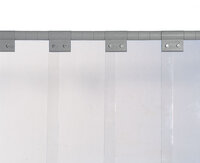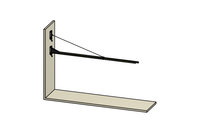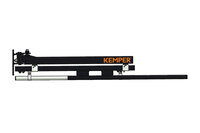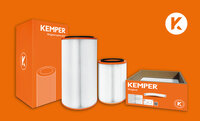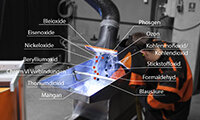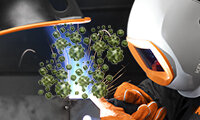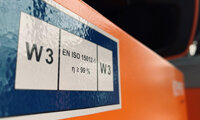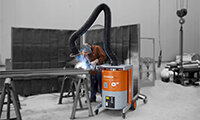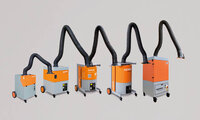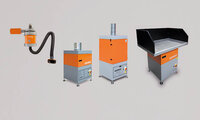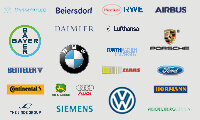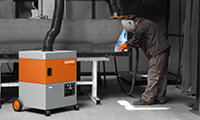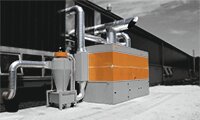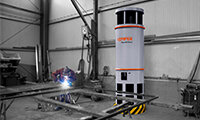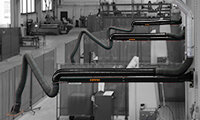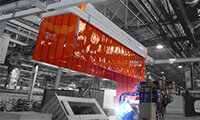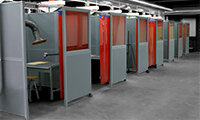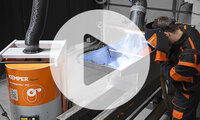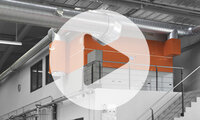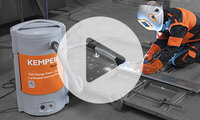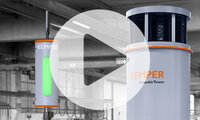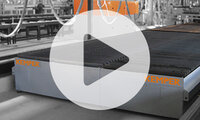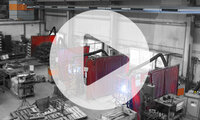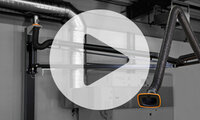-
Proszę wybrać kategorię produktu
-
Produkty:
Strona przeglądowa -
Urządzenia mobilne
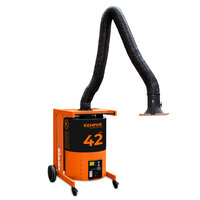
- powrót | Urządzenia mobilne
- Urządzenia mobilne: Strona przeglądowa
-
SmartMaster
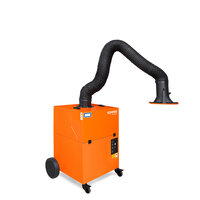 Filtr wymienny - 13 m²
Filtr wymienny - 13 m² -
ProfiMaster
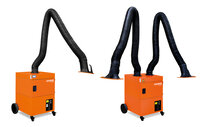 Filtr wymienny - 17 m²
Filtr wymienny - 17 m² -
SmartFil
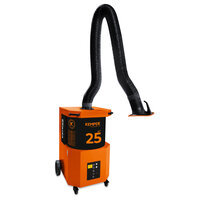 Filtr wymienny - 25 m²
Filtr wymienny - 25 m² -
MaxiFil
 Filtr wymienny - 42 m²
Filtr wymienny - 42 m² -
MaxiFil z węglem aktywnym
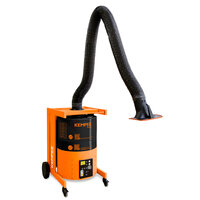 Filtr wymienny - 34 m²
Filtr wymienny - 34 m² -
FilterMaster XL
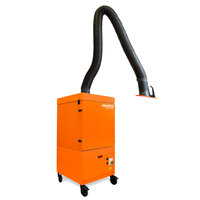 Filtr samoczyszczący
Filtr samoczyszczący -
MaxiFil Clean
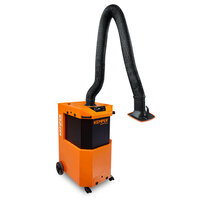 Filtr samoczyszczący
Filtr samoczyszczący -
Filtr wymienny
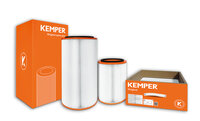
- powrót | Filtr wymienny
- Filtr wymienny: Strona przeglądowa
-
Filtr wymienny do SmartMaster
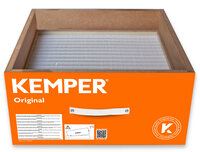 Filtr wymienny - 13 m²
Filtr wymienny - 13 m² -
Filtr wymienny do ProfiMaster
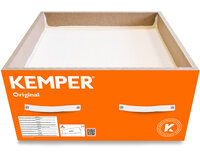 Filtr wymienny - 17 m²
Filtr wymienny - 17 m² -
Zamienny wkład filtracyjny do SmartFil
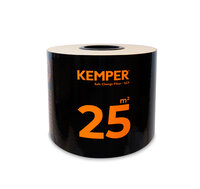 Filtr wymienny - 25 m²
Filtr wymienny - 25 m² -
Zamienny wkład filtracyjny do MaxiFil
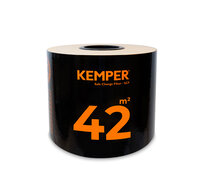 Filtr wymienny - 42 m²
Filtr wymienny - 42 m² -
Zestaw filtr główny i filtr węglowy do MaxiFil
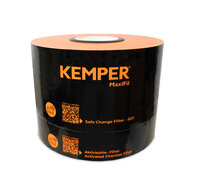
-
Filtr wymienny do MaxiFil
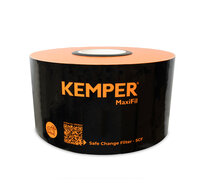
-
Filtr z węglem aktywnym
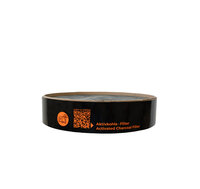
-
Zamienny wkład filtracyjny do FilterMaster XL
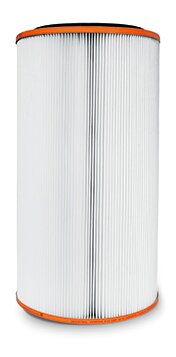 KemTex® ePTFE - 10 m²
KemTex® ePTFE - 10 m² -
Filtr wymienny dla MaxiFil Clean
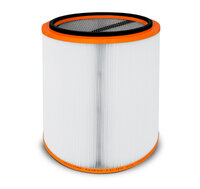 KemTex® ePTFE - 15 m²
KemTex® ePTFE - 15 m² -
Wkłady przeciwpyłowe MaxiFil Clean (4 szt.)

-
Systemy odciągowe stacjonarne
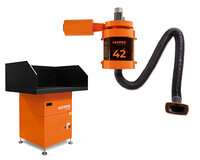
- powrót | Systemy odciągowe stacjonarne
- Systemy odciągowe stacjonarne: Strona przeglądowa
-
WallMaster
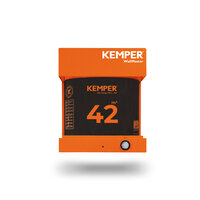 Filtr wymienny - 42 m²
Filtr wymienny - 42 m² -
MaxiFil stacjonarny
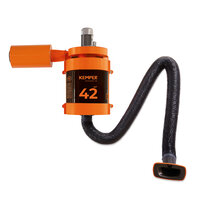 Filtr wymienny - 42 m²
Filtr wymienny - 42 m² -
FilterTable
 Filtr wymienny - 16 m²
Filtr wymienny - 16 m² -
FilterTable GWT
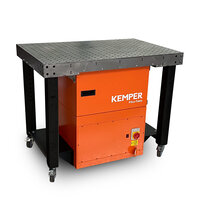 Filtr wymienny - 15,8 m²
Filtr wymienny - 15,8 m² -
Stacjonarny filtr nabojowy
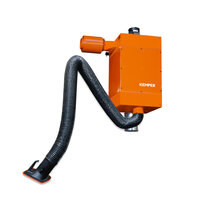 Filtr samoczyszczący
Filtr samoczyszczący -
Stacjonarny filtr nabojowy
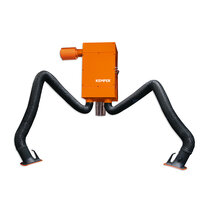 Filtr samoczyszczący
Filtr samoczyszczący -
FilterCell XL
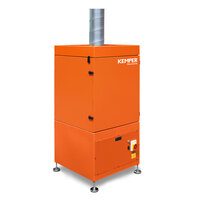 Filtr samoczyszczący
Filtr samoczyszczący
-
Systemy odciągowe centralne
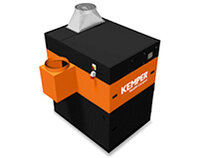 od 1250 mł/h do 26.640 mł/h
od 1250 mł/h do 26.640 mł/h -
Odciąganie wysokopróżniowe
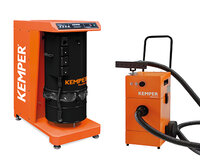
-
Systemy wentylacji pomieszczeń
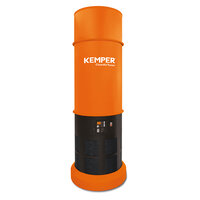
- powrót | Systemy wentylacji pomieszczeń
- Systemy wentylacji pomieszczeń: Strona przeglądowa
-
CleanAirTower SF 9000
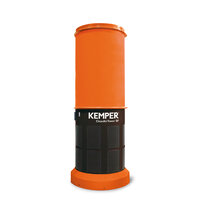 Filtrem jednorazowym - 100 m²
Filtrem jednorazowym - 100 m² -
CleanAirTower
 Filtr samoczyszczący
Filtr samoczyszczący -
KemJet
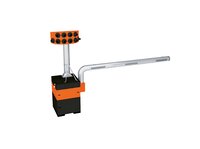 System wentylacji pomieszczeń
System wentylacji pomieszczeń -
System Push-Pull
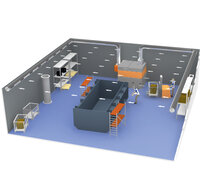
-
Wentylacja wypierająca
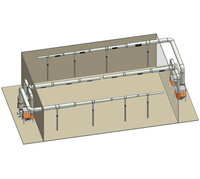
-
Kontroler powietrza AirWatch
 Lampa sygnalizacyjna
Lampa sygnalizacyjna
-
Ramiona odciągowe i wentylatory

- powrót | Ramiona odciągowe i wentylatory
- Ramiona odciągowe i wentylatory: Strona przeglądowa
-
Ramiona odciągowe
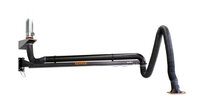 Różne długości ramion
Różne długości ramion- powrót | Ramiona odciągowe
- Ramiona odciągowe: Strona przeglądowa
-
Ramiona odciągowe o długości 2 - 4 metrów

-
Ramiona odciągowe o długości 2 - 4 metrów

-
Ramiona odciągowe o długości 7 - 8 metrów
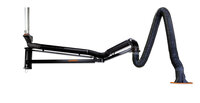
-
Ramiona odciągowe o długości 9 - 10 metrów
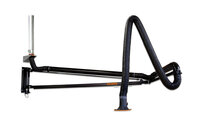
-
Ramiona odciągowe do kanałów odciągowych
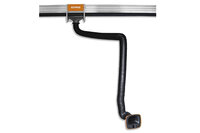
-
Ramion odciągowe do montażu pionowego lub ...
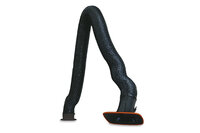
-
Wentylatory
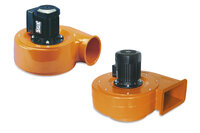
-
Zestaw wywiewanego powietrza
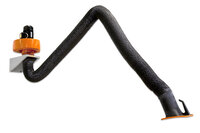 All-In-One
All-In-One
-
Stoły odciągowe, stoły do cięcia
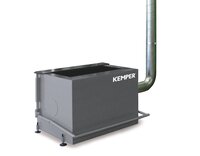
- powrót | Stoły odciągowe, stoły do cięcia
- Stoły odciągowe, stoły do cięcia: Strona przeglądowa
-
Stoły do zastosowań ręcznych
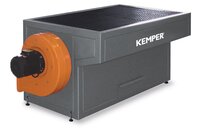
- powrót | Stoły do zastosowań ręcznych
- Stoły do zastosowań ręcznych: Strona przeglądowa
-
Stoły szlifierski z odciągiem
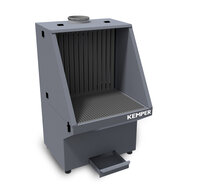
-
Stoły spawalnicze z odciągiem

-
Stoły spawalnicze z wentylatorem

-
FilterTable

-
Stoły do cięcia ręcznego
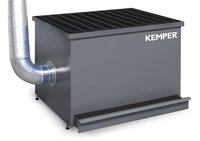
-
Stół typu Tavolex
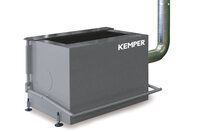
-
Spawalnicze stoły szkolne
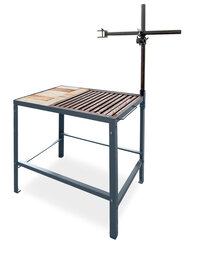
-
Stół szkoleniowy ze stojakiem do mocowania ...
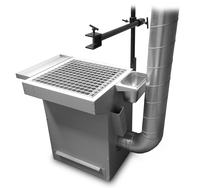
-
Stoły do przecinarek i urządzeń tnących
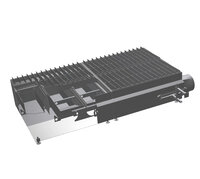
- powrót | Stoły do przecinarek i urządzeń tnących
- Stoły do przecinarek i urządzeń tnących: Strona przeglądowa
-
KemTab
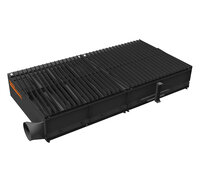 do 300 Amperów.
do 300 Amperów. -
KemTab Advance
 do 300 Amperów.
do 300 Amperów.
-
Bezpieczeństwo pracy i ściany działowe
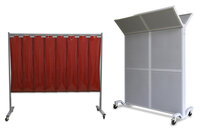
- powrót | Bezpieczeństwo pracy i ściany działowe
- Bezpieczeństwo pracy i ściany działowe: Strona przeglądowa
-
Zasłony spawalnicze ochronne
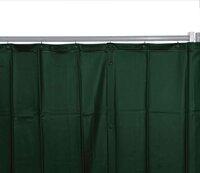
-
Zasłony spawalnicze lamelowe
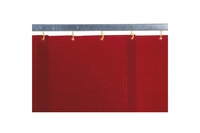
-
Lamele ochronne
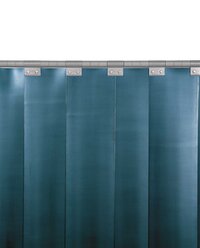
-
Ścianki spawalnicze ochronne
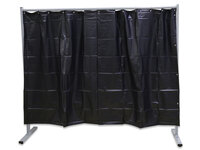
- powrót | Ścianki spawalnicze ochronne
- Ścianki spawalnicze ochronne: Strona przeglądowa
-
1-częściowa ścianka ochronna z zasłoną ...

-
1-częściowa ścianka ochronna z napiętą ...
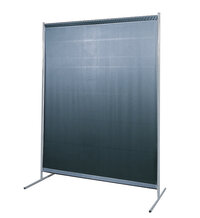
-
1-częściowa ścianka ochronna z lamelami
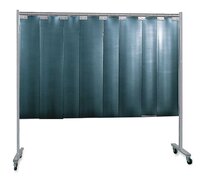
-
1-częściowa ścianka ochronna z lamelami

-
3-częściowa ścianka ochronna z zasłoną ...

-
3-częściowa ścianka ochronna z lamelami

-
3-częściowa ścianka ochronna z lamelami

-
komplet kół
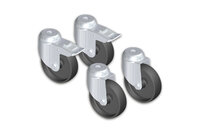
-
Koce spawalnicze ochronne
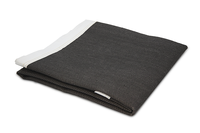
-
System ścianek działowo wyciszających

-
Przejezdna ściana wygłuszająca
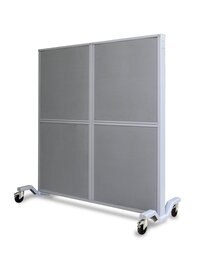
-
Odchylane ramiona ścienne i słupowe
-
Węże odciągowe
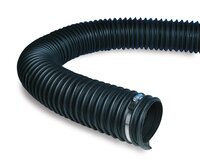
- powrót | Węże odciągowe
- Węże odciągowe: Strona przeglądowa
-
Węże zasysająco ciśnieniowe do 80°C
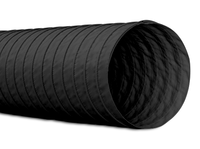
-
Węże zasysająco ciśnieniowe do 100°C
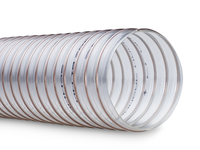
-
Węże wysokotemperaturowe do 250 °C

-
Węże odciągowe do spalin samochodowych do 170 ...
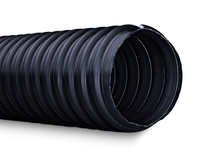
-
Węże spalinowe do pojazdów samochodowych do ...

-
Węże wysokotemperaturowe do +650 °C

-
Wysokopróżniowy wąż ssący do 85°C
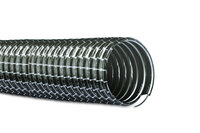
-
Proszę wybrać stronę
-
Warte poznania:
Strona przeglądowa -
Dymy spawalnicze – ogólnie
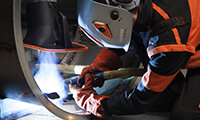
-
Zanieczyszczenia spawalnicze: Przepisy

- powrót | Zanieczyszczenia spawalnicze: Przepisy
- Zanieczyszczenia spawalnicze: Przepisy : Strona przeglądowa
-
1. Przegląd

-
2. Ocena zagrożenia
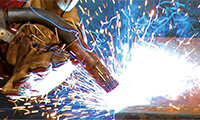
-
3. Środki ekstrakcyjne
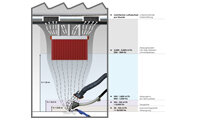
-
4. Ogólne wartości graniczne
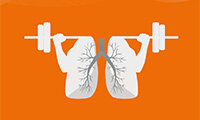
-
Urządzenie odciągowe - obszary zastosowania
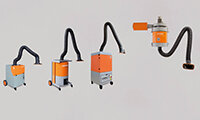
-
Zentrale Absauganlage - Filteranlage Überblick
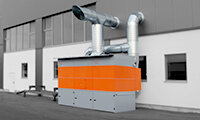
- powrót | Zentrale Absauganlage - Filteranlage Überblick
- Zentrale Absauganlage - Filteranlage Überblick: Strona przeglądowa
-
Przegląd: Urządzenia centralne systemów
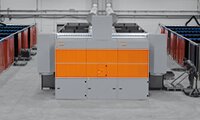
-
Szczegółowo: Urządzeniea centralne systemów
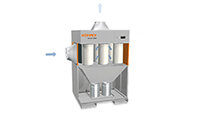
-
Wyposażenie dodatkowe: Do urządzeń centralnych
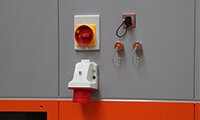
-
IFA W3 certyfikacja

-
Filtracja powierzchniowa Wkłady filtracyjne

-
Wentylacja przestrzenna pomieszczeń

-
Ramiona odciągowe w przeglądzie
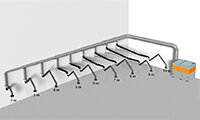
-
Stoł do cięcia
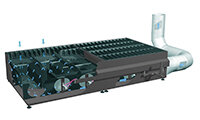
-
Proszę wybrać stronę
-
Aktualności :
Strona przeglądowa -
Nowości

-
Targi wystawowe

-
Proszę wybrać stronę
-
Blog:
Strona przeglądowa
-
Proszę wybrać stronę
-
Marketing:
Strona przeglądowa -
Zamawianie katalogów
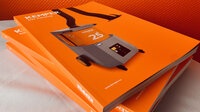
-
Pobieranie

-
Rejestracja produktu
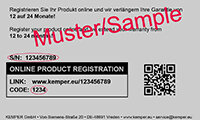
-
Filmy
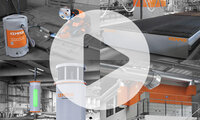
-
Proszę wybrać stronę
-
Pobieranie:
Strona przeglądowa

Vreden, Germany, 11th August 2016
- Highly sensitive sensor measures the number of fine dust particles
- Suitable for production, warehouses and logistics halls
- Raising employees’ awareness regarding fine dust risk
Clearly verify the presence of dust in production: Companies check the hall air quality efficiently with the new air monitoring system AirWatch. KEMPER GmbH's sensor technology is able to determine and document the number and weight of nanoparticles and then analyze it with smartphone, tablet or PC and compare it to limit values. A traffic light display visualizes permanently the status of air quality. The system is suited for any workplace in production facilities, warehouses and logistics halls. With AirWatch, KEMPER wants to raise awareness of the dangers behind fine dust.
“With our new air monitoring system AirWatch, we introduce for the first time a system on the market that is in a position to efficiently measure the number of fine dust particles,” emphasizes Björn Kemper, Managing Director of KEMPER GmbH. For this purpose, the highly sensitive sensor technology is essential as it can capture particles right up to the nano range.
Checks are not depending on the workplace
Whether industrial production facility, warehouse or logistics operation: AirWatch continuously monitors the air quality regardless of the type of workplace. The air monitoring system measures fine dust particles in a radius of up to 30 meters using a laser-powered sensor. An integrated fan draws in ambient air.
It is possible to save individual limit values for hazardous substances. A traffic light shows the current air quality level measured against these values. At the same time, the system saves the data across a long time period. Users access the data simply using a smartphone, tablet or PC. A trend display for day, week, month or year also allows companies to analyze concentration of hazardous substances in more detail.
Verify the presence of fine dust according to WHO standards
AirWatch captures particles in the range of 100 nanometers up to 16 micrometers. This area includes the fine dust categories PM2.5 for alveolar common dust (A dust) and PM10 for all inhalable dusts (E dust) as defined by WHO. AirWatch automatically classifies the captured particles accordingly.
In addition to checking the air quality, AirWatch also monitors the effectiveness of ventilation measures. Companies can independently check their compliance with regulations issued by professional associations apart from official checks made by professional associations.
Highlight the value of employee health
With the system, KEMPER aims to raise awareness of the fine dust risk. “Companies are wise to continuously check air quality with regards to employee productivity.” Yet, dust in warehouses is also a threat to the quality of products and can develop into a tremendous cost factor.
A best-practice example shows how it is done: Once the Airwatch traffic light jumps to red at the workplace of a metal processor, the employees ask the welder to switch on the extraction and filter plant. “Not only employees consider their health more thanks to AirWatch,” explains Kemper. Employers show that they consider their employees’ health as important. “Within the framework of a successful recruitment of specialists, they place themselves as a sustainable business.”
Verify hazards despite adherence to limit values
Counting fine dust particles has great advantage compared to applicable limit values, which analyze the weight of fine dust: If coarse dust particles in the production move around then a limit value is surpassed quickly.
Mr Kemper explains that the invisible fine dust on the other hand often remains undetected - with fatal consequences: “Millions of fine dust particles which do not reach the weight of the specified limit value make employees sick.”
Even if the limit value is adhered to, a permanent exposure to fine dust can lead to serious health problems. Current studies show that fine dust is the cause of increased heart attack risk, accelerates dementia, causes cancer and may even lead to death. The WHO classes fine dust as a direct cause of lung cancer.
Wyszukaj Kemper.eu
Użyj pola wyszukiwania poniżej, aby wyszukać produkty, usługi i informacje na Kemper.eu.
ZamknijJak możemy się z Tobą skontaktować?
Wypełnij formularz. Skontaktujemy się z Tobą jak najszybciej.

